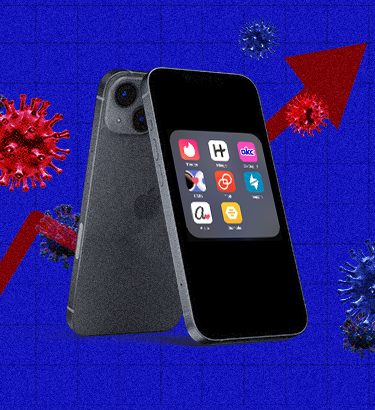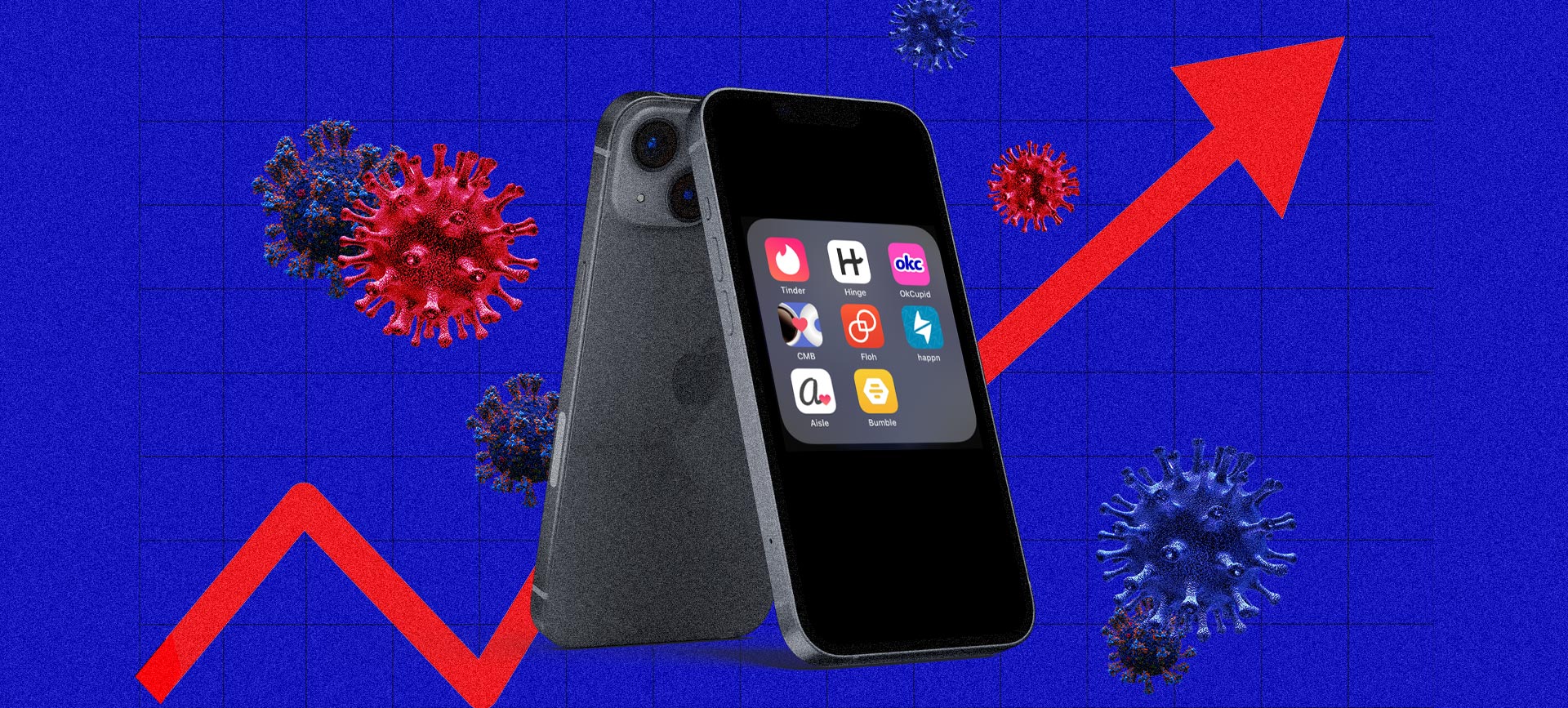In 2019, the United States reached an all-time high for the sixth successive year with reports of more than 2.5 million cases of chlamydia, gonorrhea and syphilis. According to 2022 data from the Centers for Disease Control and Prevention (CDC), reported cases of gonorrhea and syphilis surpassed 2019 levels.
Chlamydia was the only STD to show a decline, though it was emphasized this is more likely due to decreased testing than to an actual fall in infections. CDC officials and health experts warn that without action, millions of Americans could face serious, life-threatening repercussions, with the burden of infections disproportionately shouldered by low-income people and people of color.
The upswing in STI rates corresponds suspiciously with the rise of online dating apps. According to 2020 Pew Research Center data, the percentage of Americans who have used dating apps surged from 11 percent in 2013 to 30 percent in 2019.
On a surface level, the connection between rising STI rates and dating app usage makes sense. Dating apps widen social networks while enabling users to meet and hook up more easily and efficiently than ever before.
However, health experts generally agree there is little data that show increased app use equates to more sexually transmitted infections. Placing the blame on dating sites ignores myriad other factors.
For example, research indicates people on apps tend to be more sexually active overall than people who meet their partners in other ways. One study published in 2014 in PLOS ONE found no statistically significant difference in condom use between app users and non-app users but did find app users, in general, had a higher prevalence of sexual partners and were more sexually active.
One of the most straightforward explanations for the uptick in STIs in the past decade is that government agencies have redirected funding to problems perceived as more pressing. As a result, organizations that offered free or low-cost testing and treatment shuttered or reduced hours.
The dramatic rise in reported infections is likely driven by both increased infections and increased, improved testing. While testing for STIs was previously largely reserved for symptomatic patients, today, more sophisticated, accurate tests are being deployed routinely.











